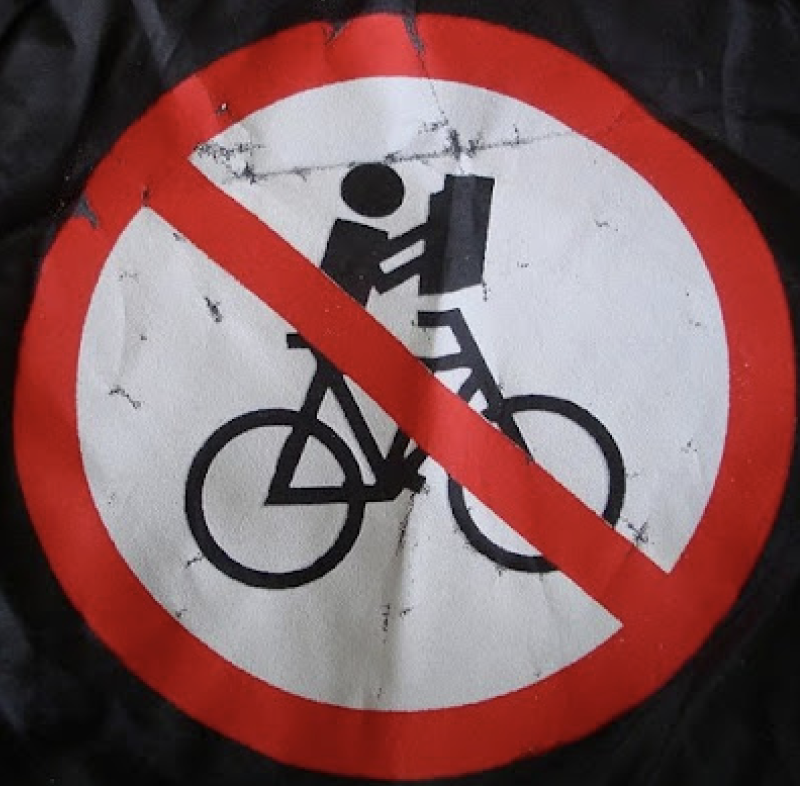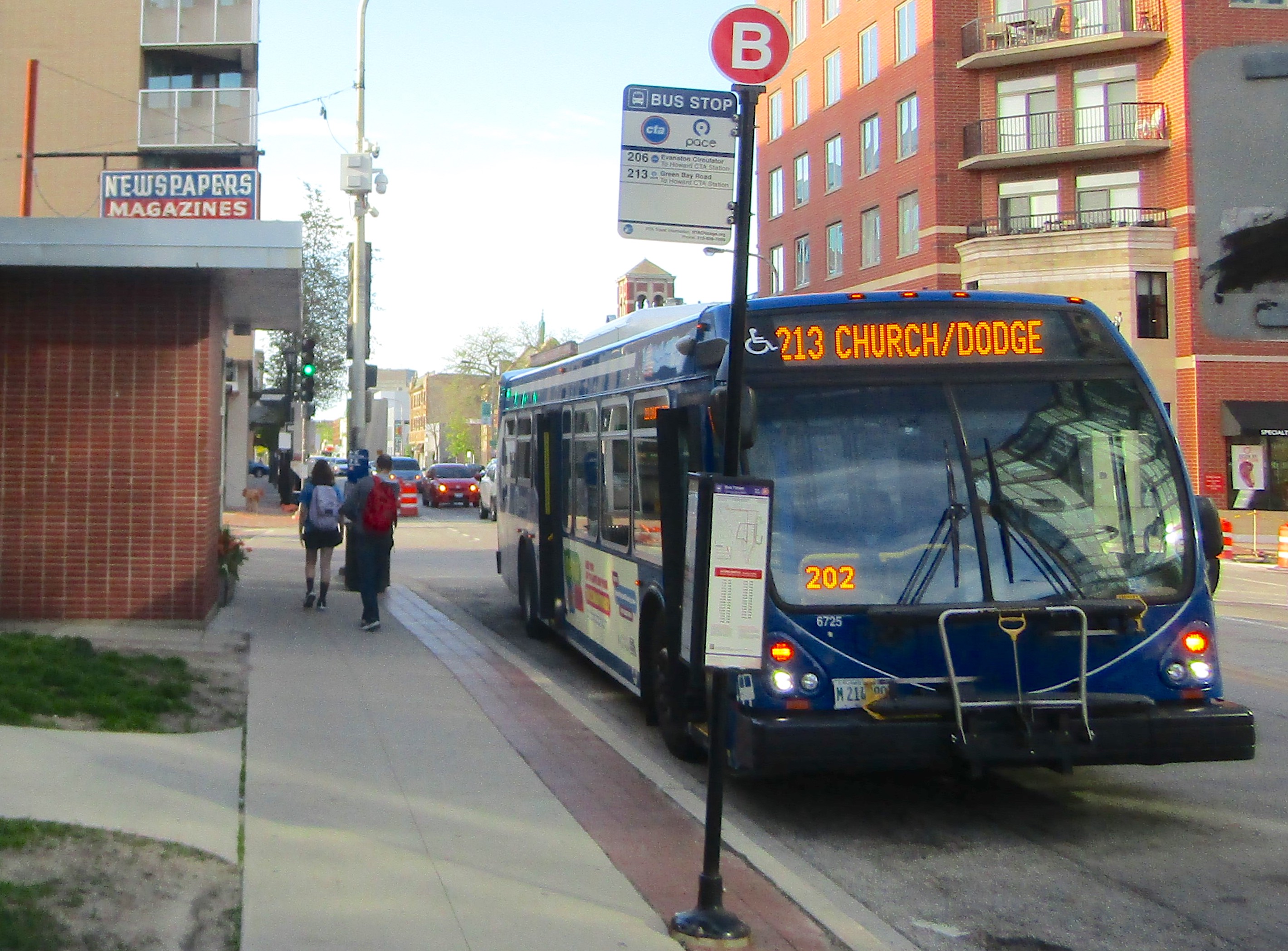When you think about appropriate uses for federal Congestion Mitigation and Air Quality Improvement dollars, pouring concrete to make more room for warehousing automobiles is not the first thing that comes to mind. [Yes, CMAQ grants are often used for other types of car-centric projects, but that doesn’t mean they should be.]
But that’s largely how Metra will be spending $1.2 million, mostly from CMAQ funds, at its Grayland station on the Milwaukee North Line this year. The station is located in the Irving Park community area at Milwaukee and Kilbourn, a couple blocks south of Irving Park. The project will add a 68-space surface parking lot on the east side of Kilbourn, between Milwaukee and Patterson, on the west side of the tracks. The station, which sees about 300 boardings a day, currently has eight car parking spots, located on the east side of Kilbourn, just south of Milwaukee.
This year 92 on-street parking spaces will be eliminated on Milwaukee between Addison and Irving Park to make room for new buffered bike lanes. However, the reason the Chicago Department of Transportation was able to get approval for stripping this on-street parking in the first place was because parking counts showed that these spots were getting little use.
It also should be noted that the parking lot project also includes a retaining wall, sidewalks, wheelchair ramps, stairs, landscaping, lighting, signs, and some bike parking racks. But the raison d’etre for, and the main expense of, the project is to create more space for cars, so essentially the agency is spending $17,647 per space to encourage people to drive to the station.
The rationale for this expenditure, and the excuse for using funds that are supposed to be used for projects that result in fewer traffic jams and air pollution from cars, is that the parking spaces will coax some people into driving only part of the way to work, instead of the whole way. While that’s true, at most the lot will result in 68 additional Metra customers a day (plus the occasional person in a passenger seat of a car, but most car trips to work are single-occupancy.)
Moreover, it’s likely that many of those new spaces will be used by people who currently walk or take the bus to the station. The convenience of being able to park steps from the platform will probably encourage quite a few of these folks to switch modes in the wrong direction.
“We understand that our commitment to providing excellent service is not confined to our trains,” said Metra CEO Don Orseno in a statement. “This parking lot will improve the experience for our customers who board at Grayland by giving them a place to park other than city streets.”
Think of all the other ways Metra could have used $1.2 million in taxpayer money to improve customer experience instead of just using it to facilitate driving.
Update 3/22/17 3:00 PM: Metra spokesman Michael Gillis provided some additional information about the Grayland project. Gillis confirmed that most of the $1.2 million cost is related to creating the parking lot. For example, the lot necessitates the construction of the retaining wall, which is one of the more expensive elements of the project.
Gillis said the motivation for building the 68 new spaces is probably unrelated to the removal of 92 on-street spaces on Milwaukee. "[The parking lot plan] has been underway for quite some time," he said. "It's really to create commuter parking, not to replace street parking." I've edited the above paragraph about the on-street parking removal accordingly.
Gillis said the new parking spots will cost$1.50 a day to use, and the payment system will probably be managed by a private contractor, as it is at other Metra lots. Customers will be able to pay via a smartphone app, including the option of a lower monthly rate, and there will also be a pay box or pay-and-display payment option. The parking revenue will be used to maintain the lot, Gillis said. Assuming the lot is fully occupied every weekday, 250 days a year, the gross revenue would be $25,500.
Since the plentiful on-street parking on Milwaukee is free and it still doesn't get much use, it's hard to see while building parking spaces that you have to pay for would attract significantly more commuters. Perhaps for some people, having to walk a block from an on-street parking space to the station is a deal-breaker. Maybe some folks believe their car is safer parked for the day at a Metra lot rather than on the street, although the configuration of the new lot will be more-or-less the same thing as curbside diagonal parking.
At any rate, it will be interesting to see if this $1.2 parking lot winds up get much use, or if most people will opt to use the free on-street spaces instead.





